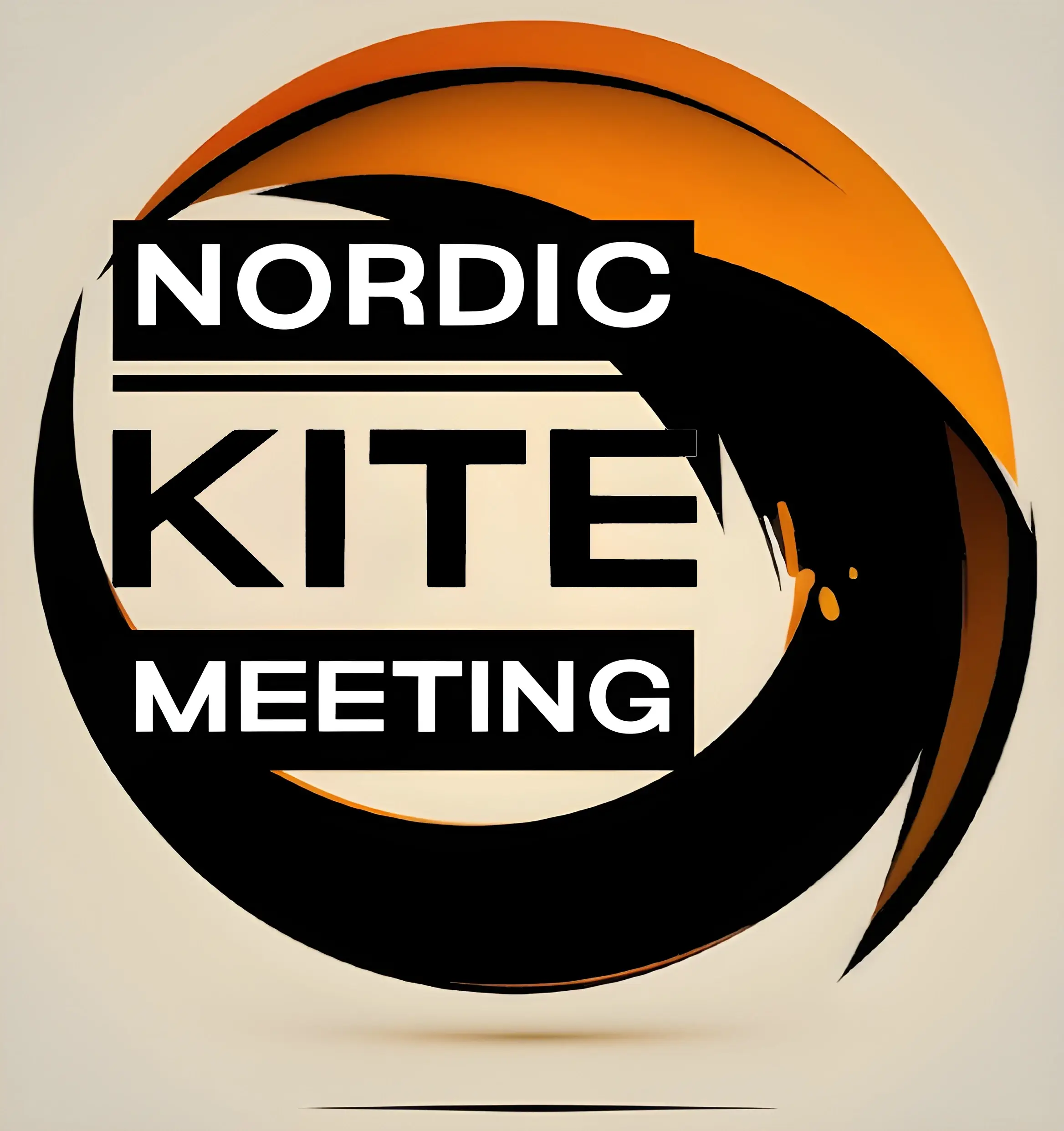I like to shoot the footage for my tutorials when the wind is close to perfect for my kite of choice. Good winds make for a better result, that’s why. In good winds flying is easier and I can concentrate on emphasizing on the important stuff for the tutorial.
When I got to the field – or rather, the marina – last night, the wind had died down so much that I thought it was going to be difficult to get good footage for the tutorial I had planned, so I changed to Plan B! (You always need a Plan B btw!)
So rather than flying the A-Quad for a tutorial, I ended up guiding my Zaephay about in the light winds of a beautiful Norwegian summer night. There wasn’t too much ground to fly on, but more than enough to fly the low wind kite of mine. And flying in such light winds is always rewarding and a great experience.
You really get the feeling for what’s required to keep that kite in the air. Some times the wind is not enough to keep it aloft, so you must take action to make sure it stays in the air. That’s why you’ll have to move around on the ground (or the jetty in my case yesterday) ‘helping’ the wind to create enough pressure in the sail of the kite to make it fly.
A great way to fly when you get the hang of it!





2 responses
No wind that’s fine, but to have no wind and simultaneously little space (as I assume that there is on that jetty of yours) to move around, that is tough. Creating enough pressure (by applying as much brake as possible while at the same time adding pull) is something that is a part of most of my sessions since I have low wind sessions on the nearby parking mostly nowadays and most often in mornings and evenings when the wind is very low. The brake&pull-method is efficient in saving steps so I sometimes believe that I get more exercise through the arm movement than the feet.
I’m a bit curious about the Zaephay, because I see a need for something between my Rev Indoor and Rev B-series 1.5. So the sail haven’t got venting not even LE venting. Any other features making it a low wind kite?
Sometimes some natural phenomenon are so intensive so that it looks artificial. The orange evening light in the video almost looks unrealistic. And the music it is epic styled. What ever action that takes place with such music appears to be profound and of uttermost importance.
Yeah, there’s not much space for running around to keep the kite in the air. So you must use other techniques. Like, kind of over aggregated body- and arm motion, gliding (to gain flying ground) and making sure you don’t fall into the water! 😉
Checking the ground (the jetty) for possible obstacles for both your flying lines and your feet is also a smart thing to do before launch.
—
Another feature of the Zaephay is its weight. It’s a mere 165 grams, and that makes it a light kite. I’ve used as little reinforcement as possible, light weight bridle line, tiny connectors and so on to keep the weight down to a minimum.
—
Too bad I couldn’t film this session because the Zaephay was an absolute blast in the slight onshore draft!